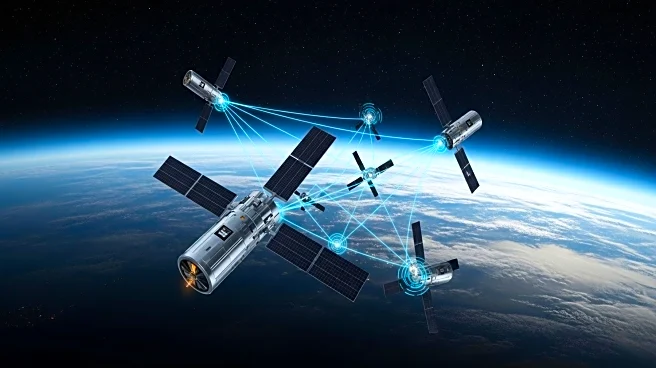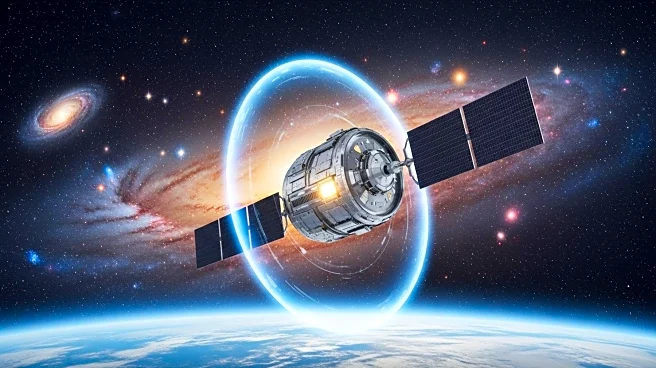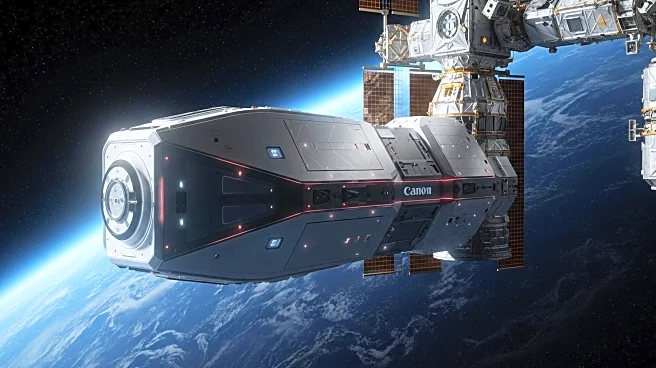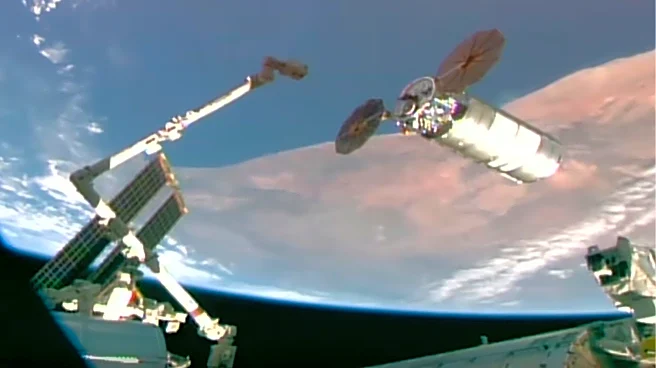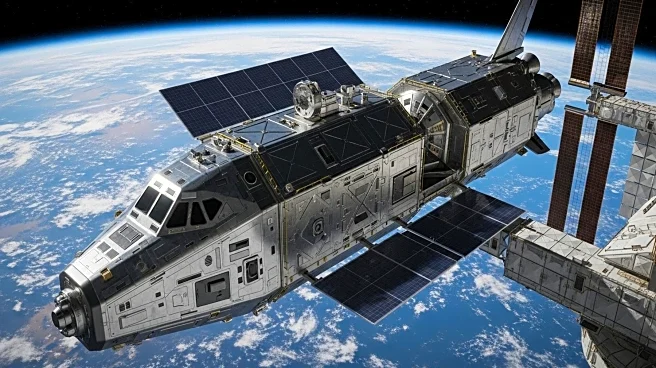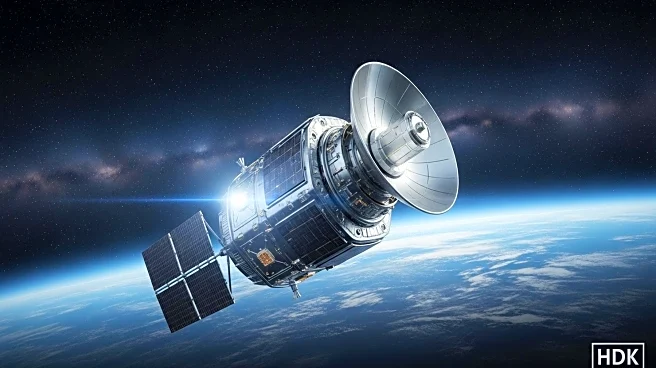What's Happening?
SpaceX is preparing to launch a Falcon 9 rocket carrying a payload of Starlink broadband satellites from Cape Canaveral Space Force Station in Florida. The launch is scheduled for Sunday, September 21, 2025, with a launch window between 5:20 a.m. and 9:20 a.m. ET. This event is part of SpaceX's ongoing efforts to expand its Starlink satellite network, which aims to provide global internet coverage. The launch will be visible from various locations along Florida's Space Coast, including Daytona Beach, New Smyrna Beach, and Vero Beach, depending on weather conditions and cloud cover. The event is expected to draw spectators to popular viewing spots such as Playalinda Beach and Jetty Park Beach and Pier.
Why It's Important?
The launch of the Starlink satellites is significant for several reasons. Firstly, it contributes to SpaceX's mission to create a global satellite internet network, which could revolutionize internet access, particularly in remote and underserved areas. This has implications for global connectivity and could impact telecommunications industries by providing an alternative to traditional internet service providers. Additionally, the launch highlights the strategic importance of Florida's Space Coast as a hub for space exploration and commercial spaceflight, potentially boosting local tourism and economy as spectators flock to the area to witness the launch. The event also underscores the growing role of private companies like SpaceX in advancing space technology and exploration.
What's Next?
Following the launch, SpaceX will continue to deploy additional Starlink satellites to expand its network. The company plans to conduct more launches in the future, further increasing the coverage and capacity of its satellite internet service. As the network grows, SpaceX may face regulatory challenges and competition from other companies entering the satellite internet market. Additionally, the increased number of satellites in orbit raises concerns about space debris and the need for effective space traffic management. Stakeholders, including government agencies and international organizations, may need to address these issues to ensure the sustainable use of space.


